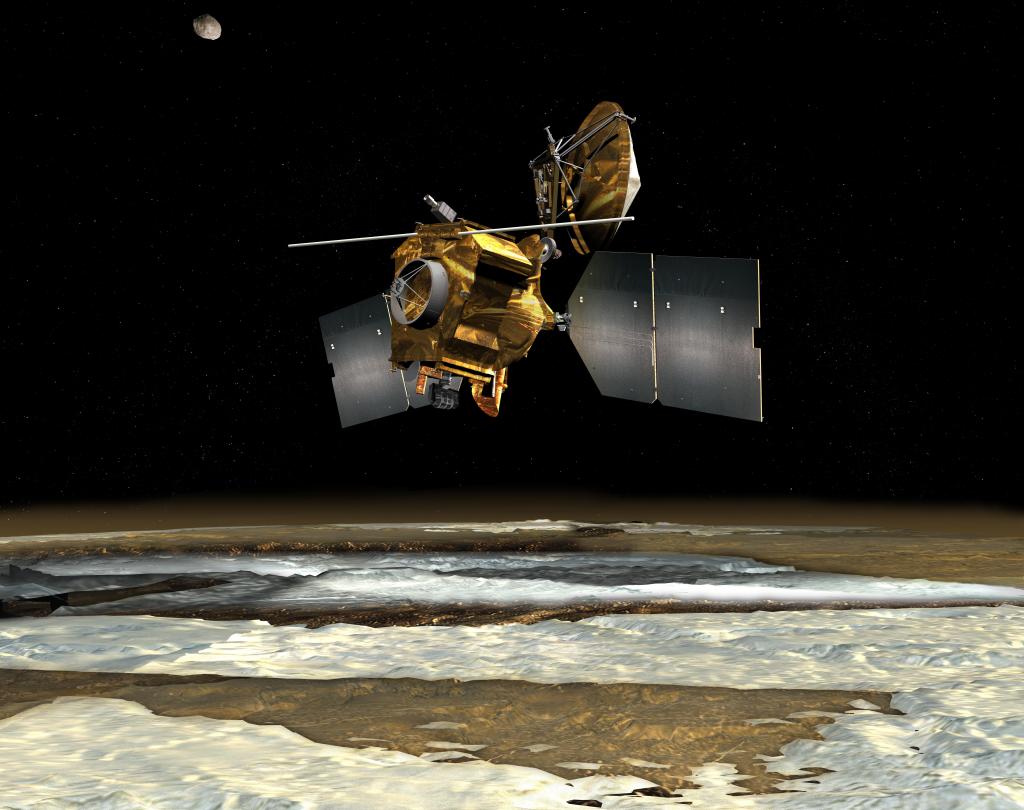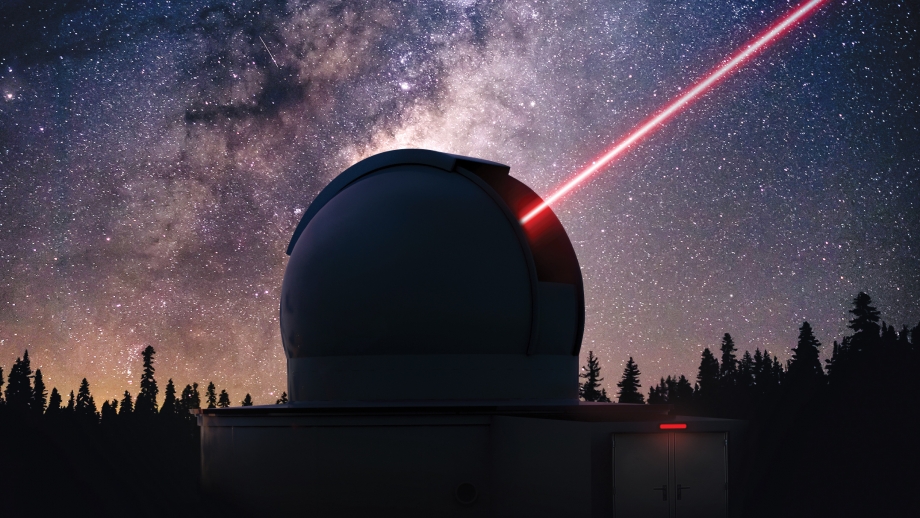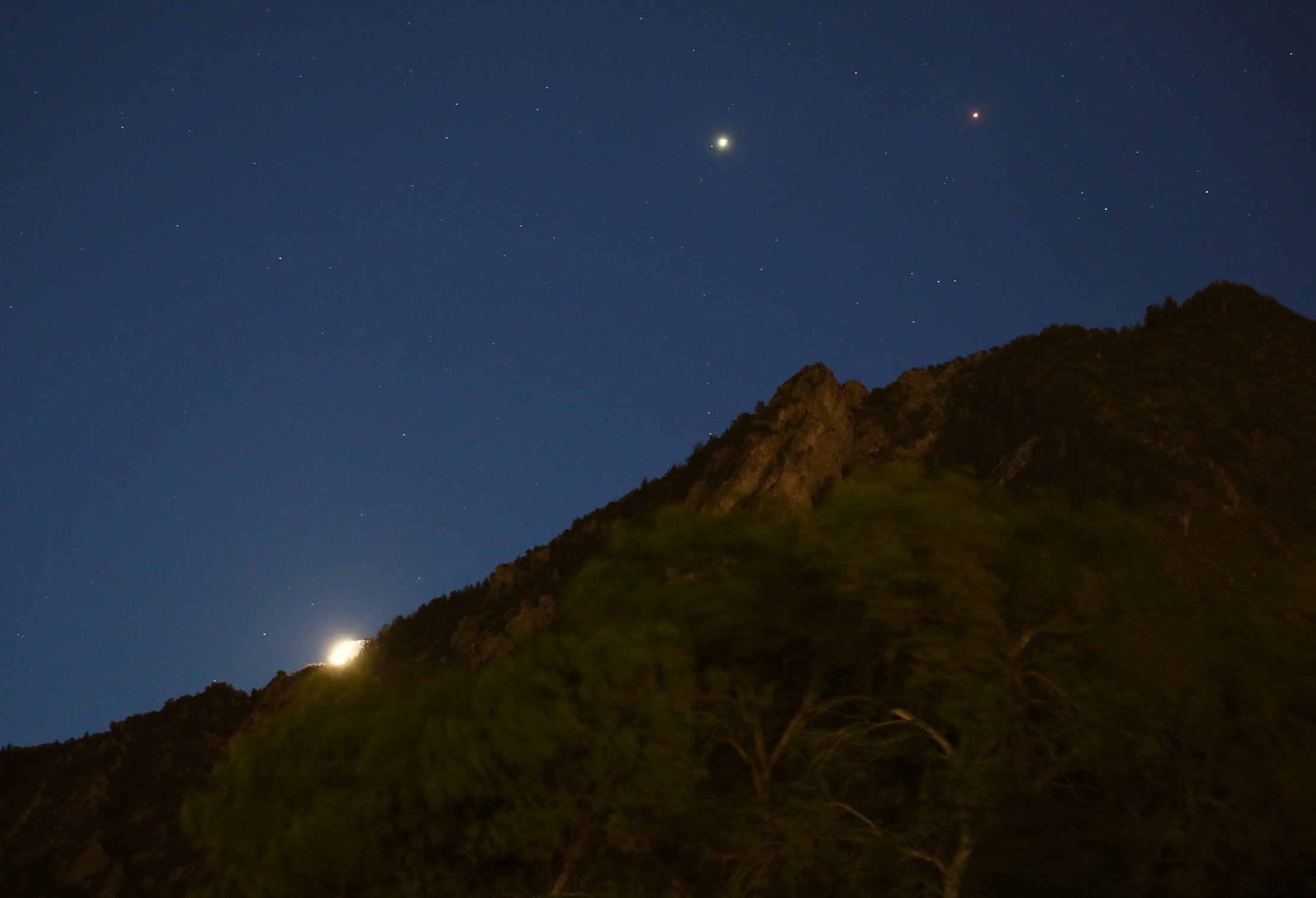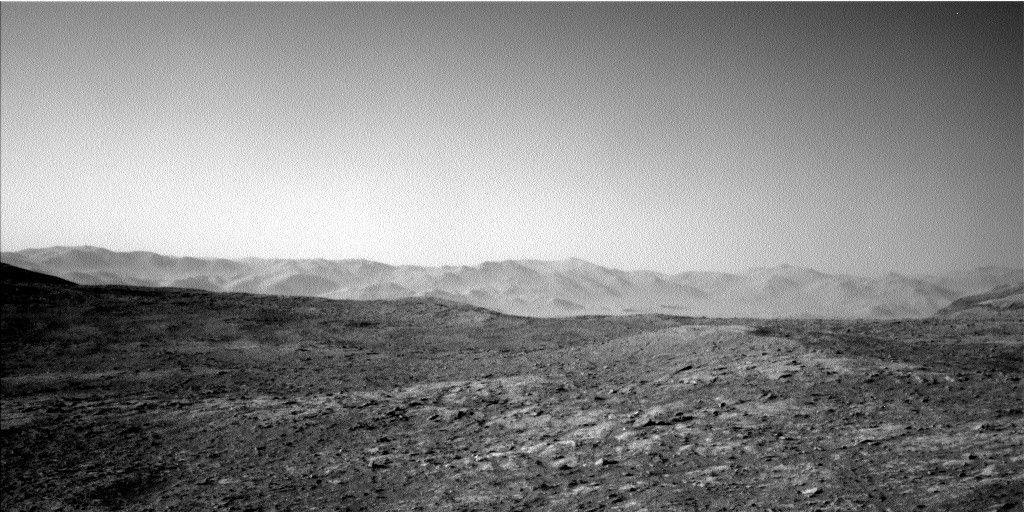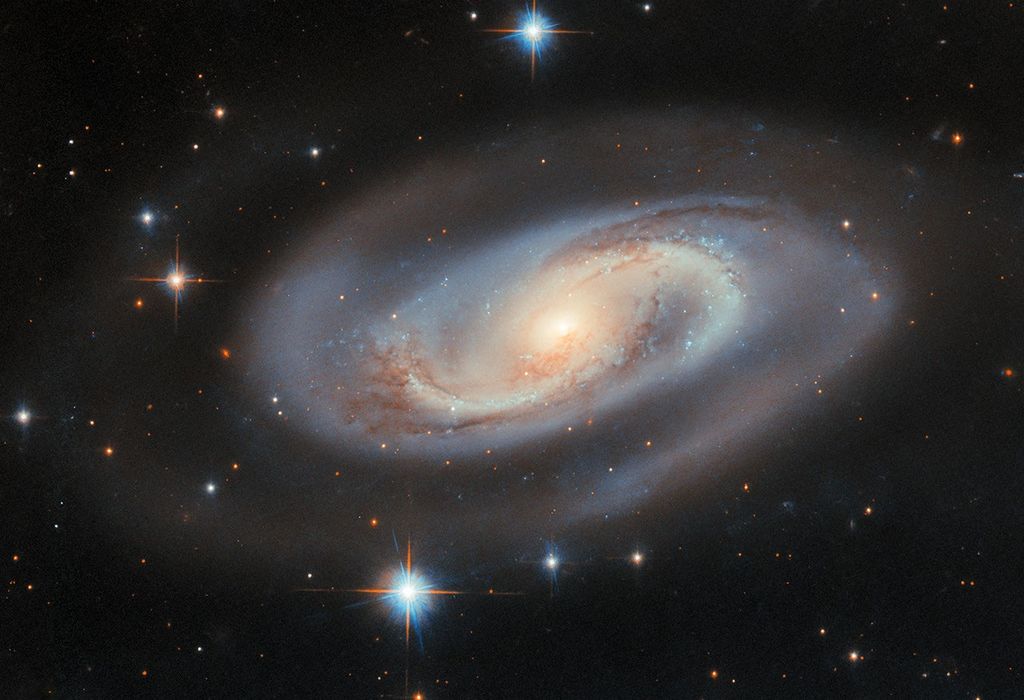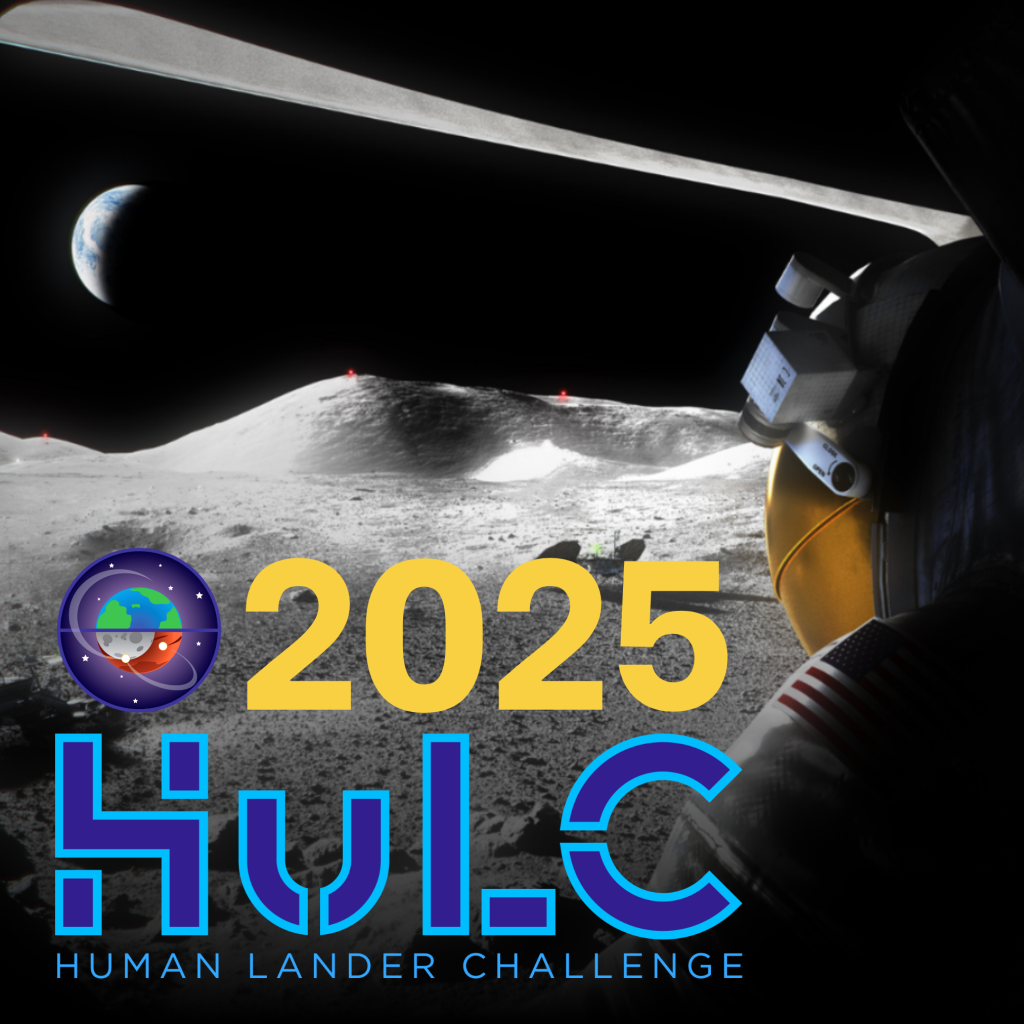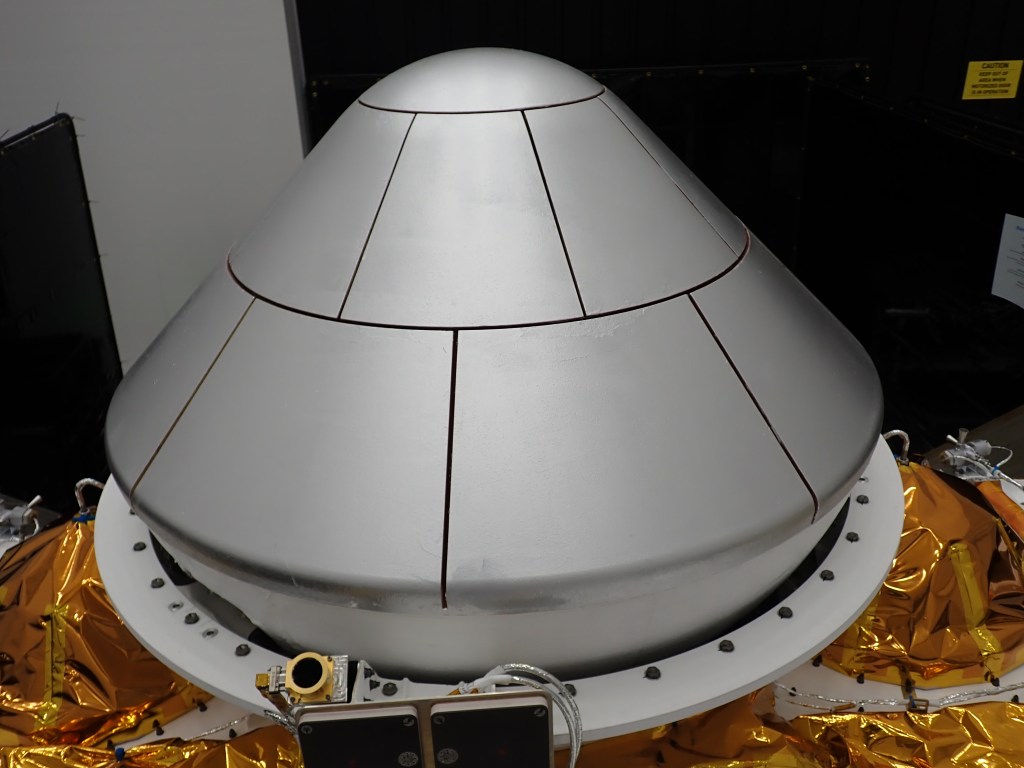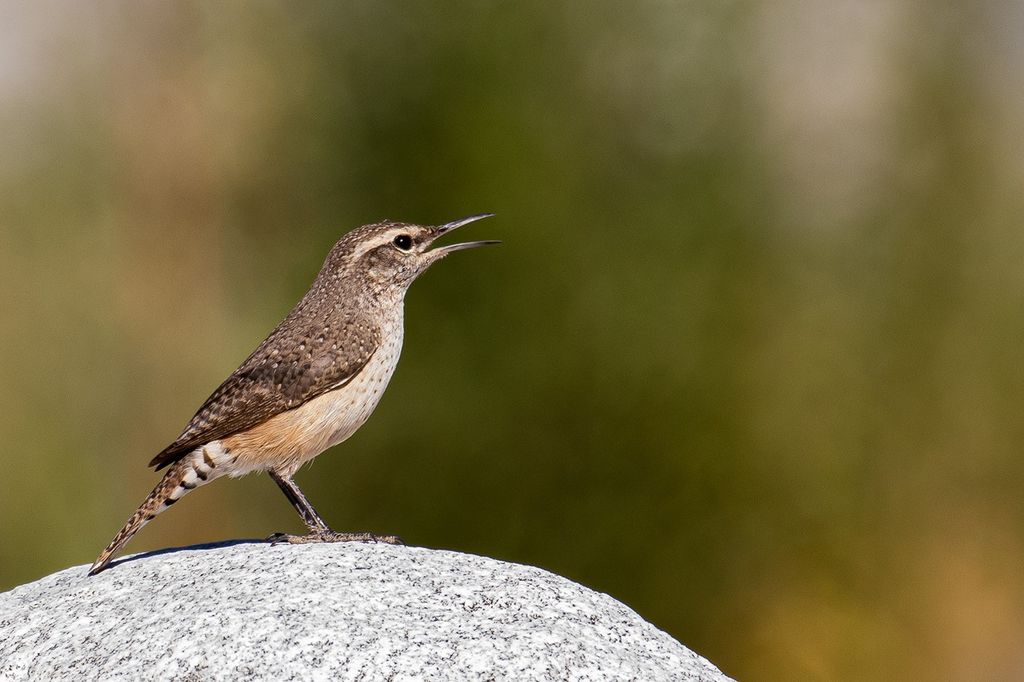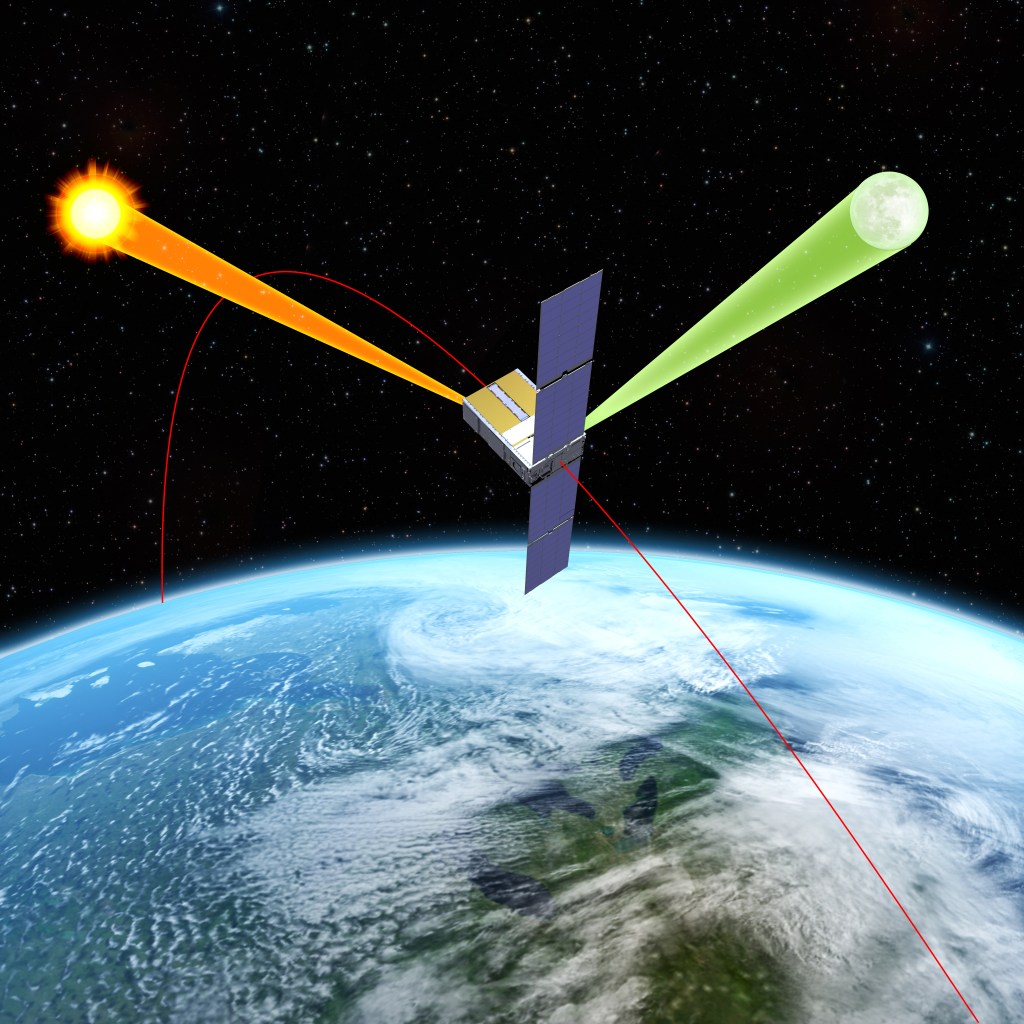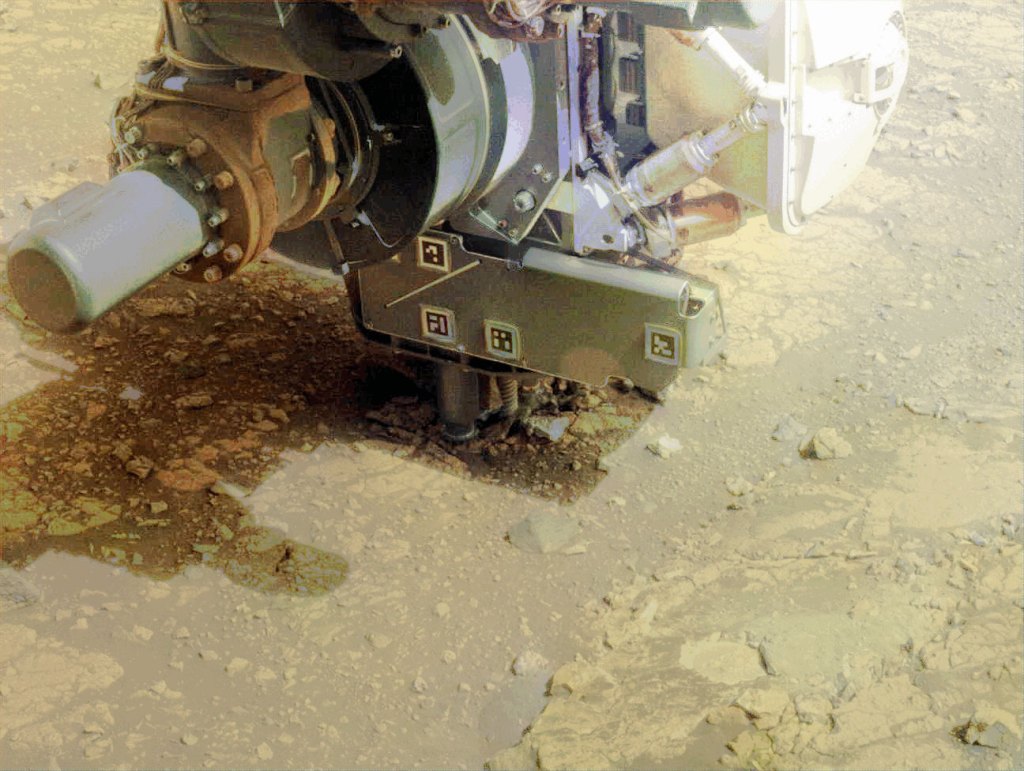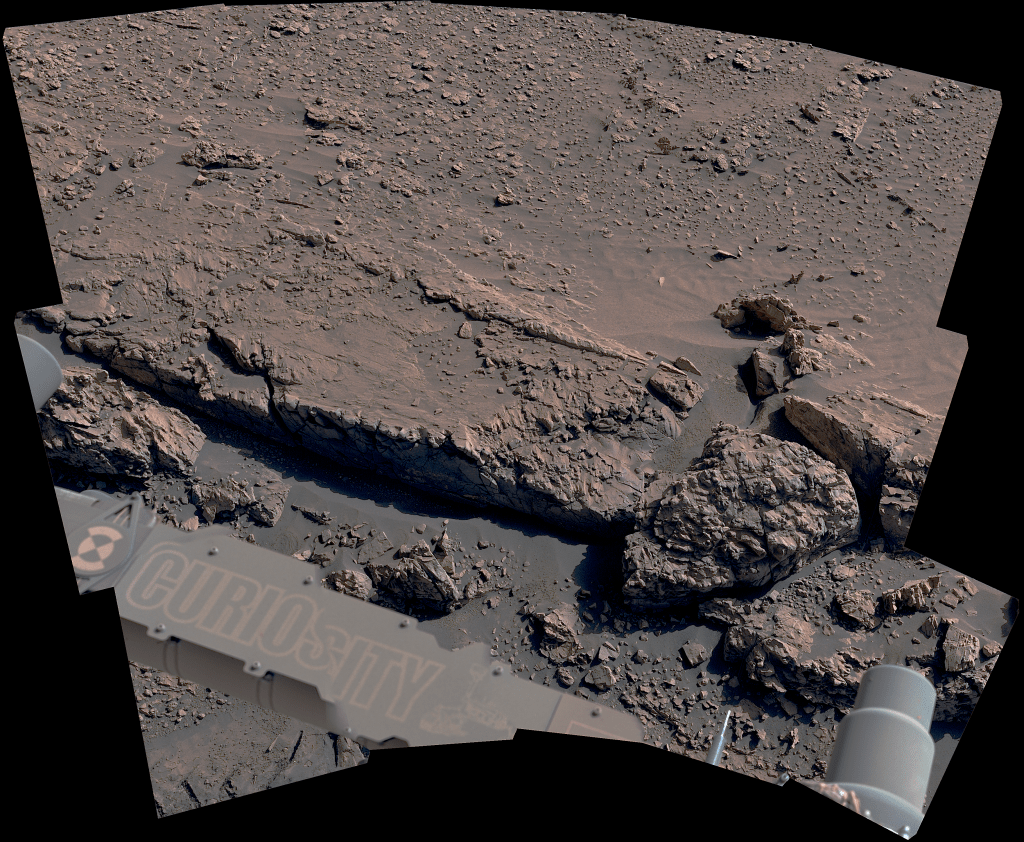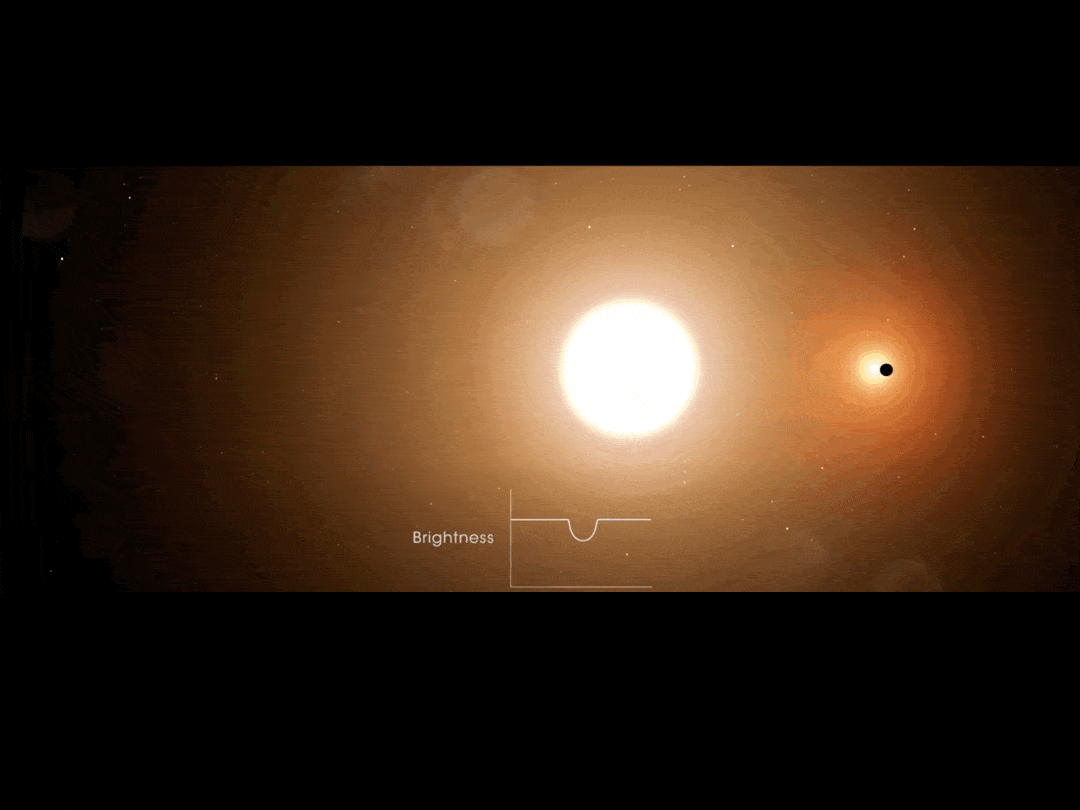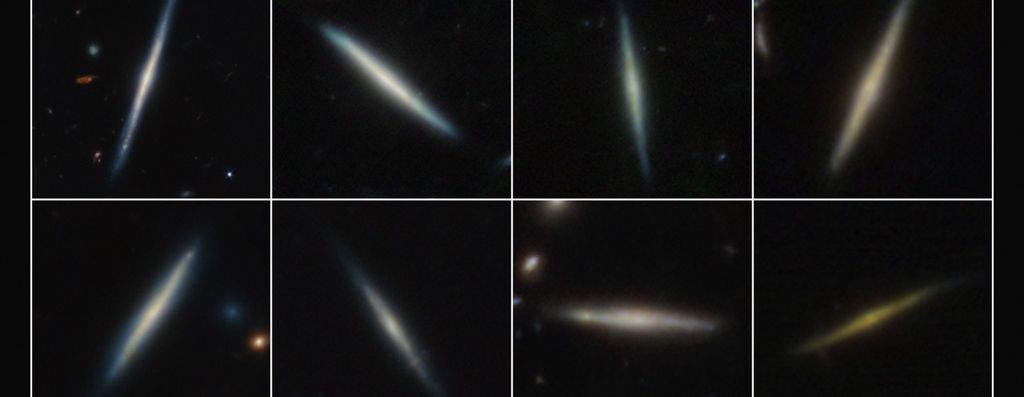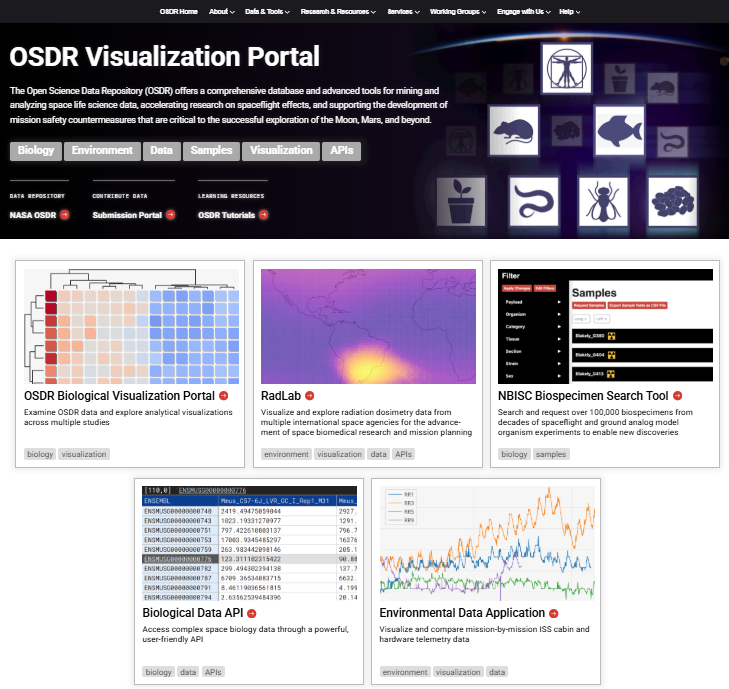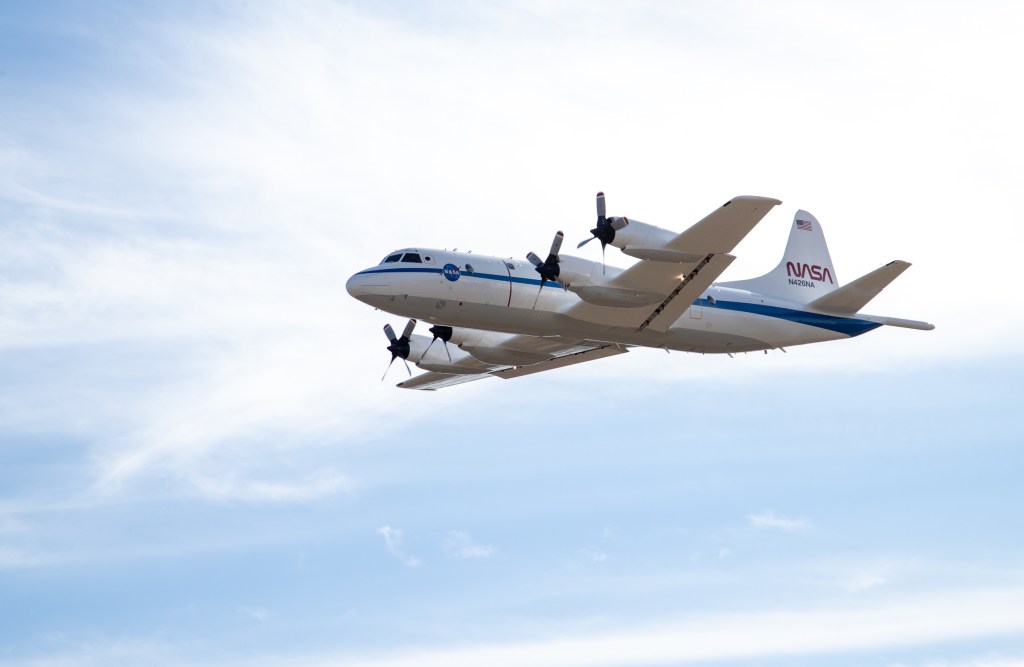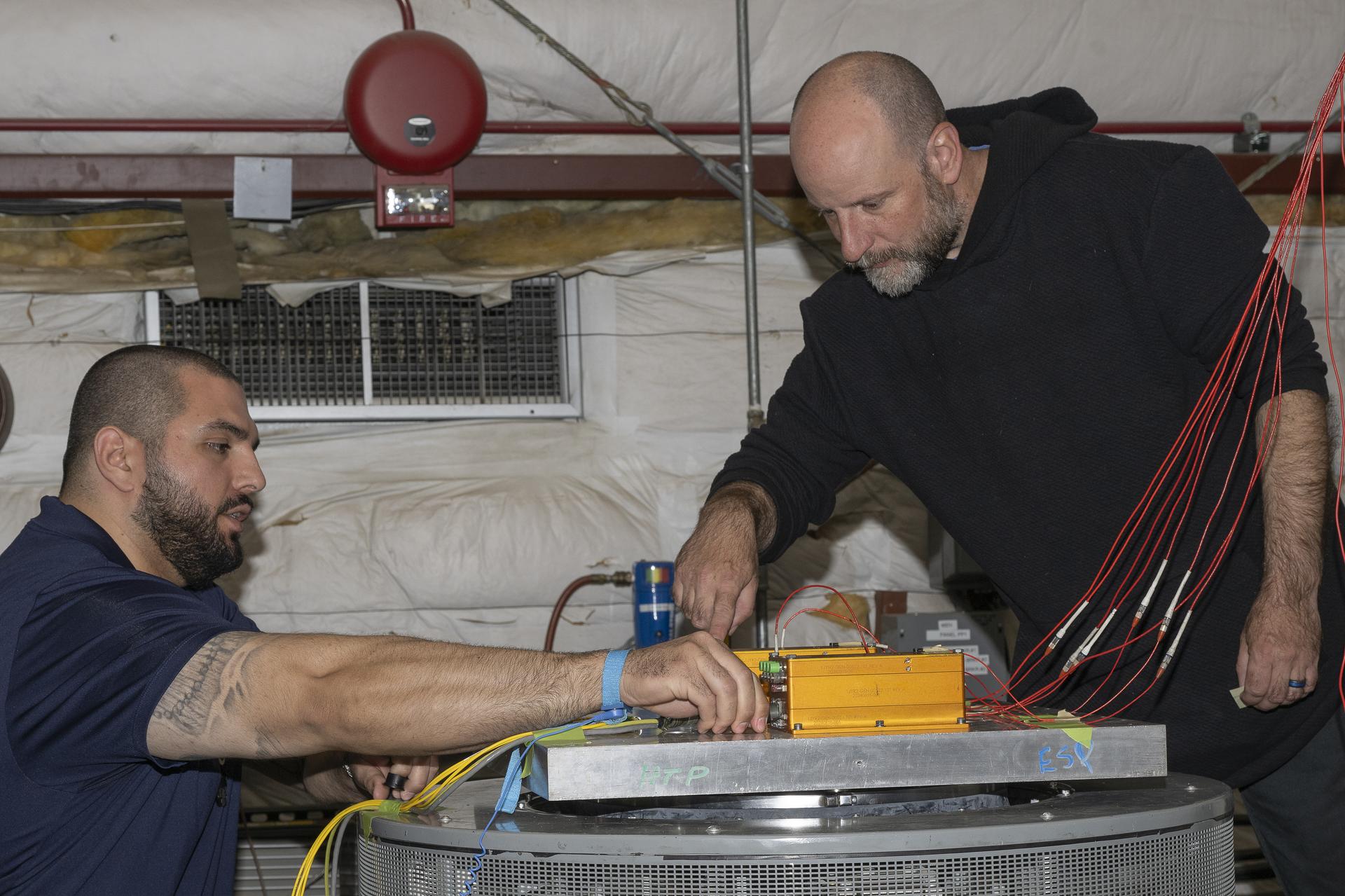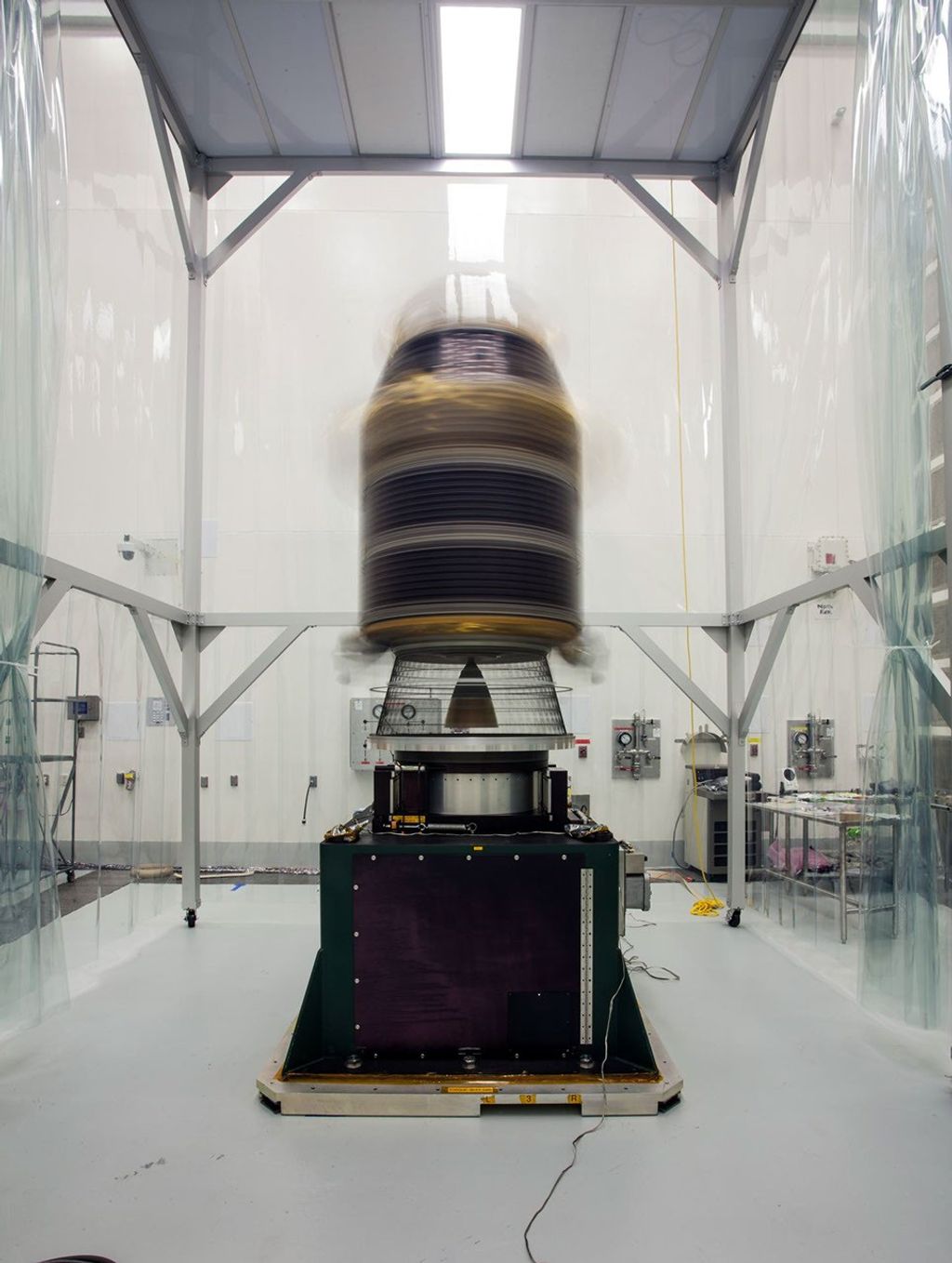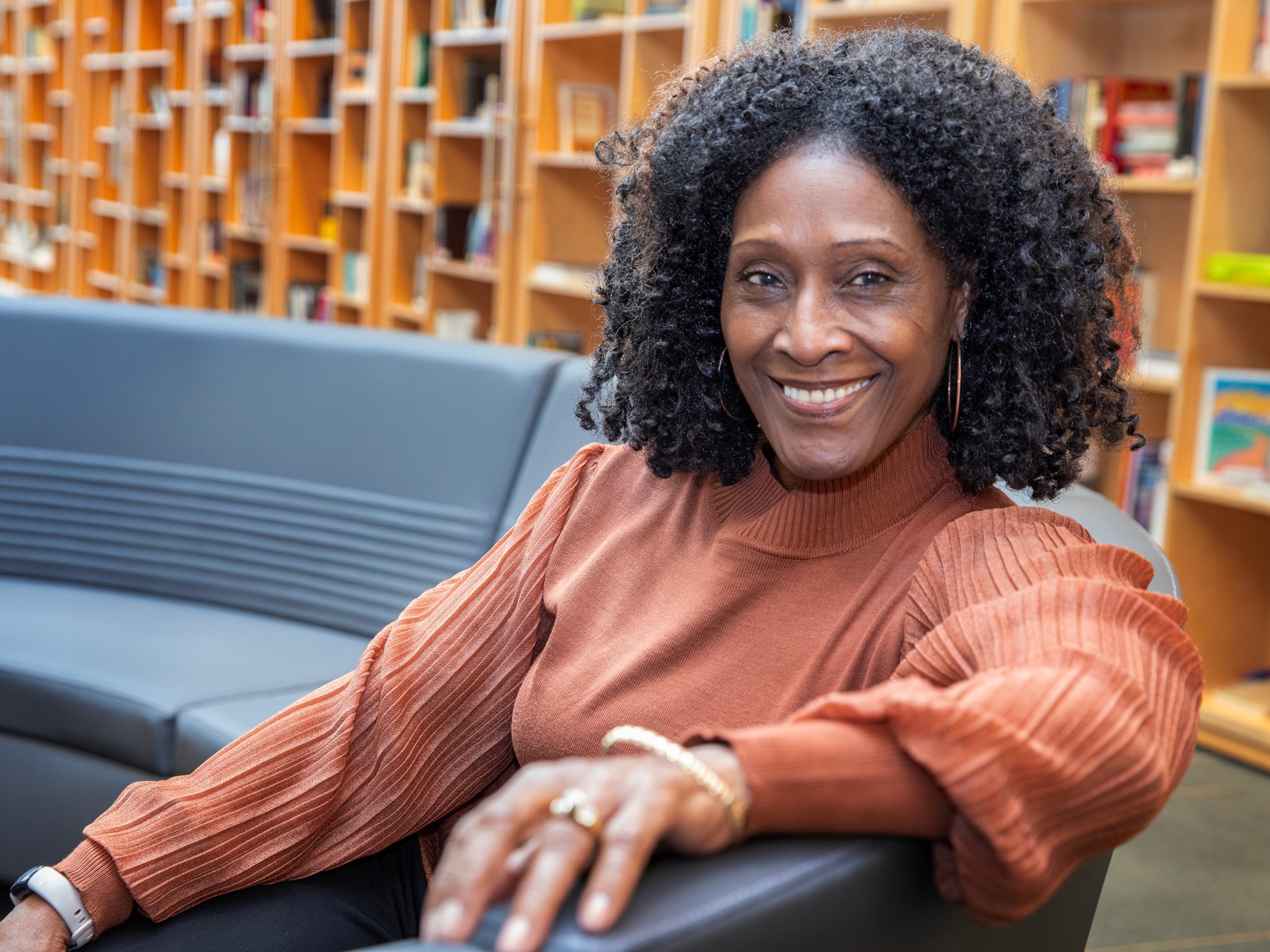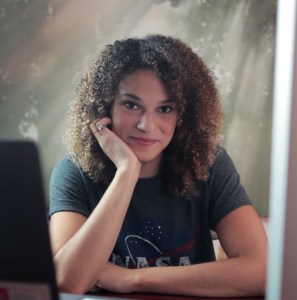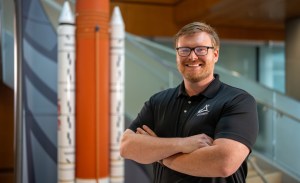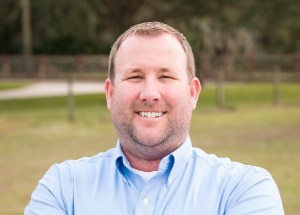Gwendolyn Wheatle currently serves as the Administrative Assistant for the Office of STEM Engagement at NASA’s Langley Research Center in Hampton, Virginia. What started as a temporary, three-week clerical position supporting the Office of the Chief Scientist has blossomed into a 38-year career at NASA. In 1986, Gwendolyn joined the Office of Education (now OSTEM). She says Dr. Michael Card, former Chief Scientist, Dr. Samuel E. Massenberg, former NASA Langley Director of Education, and Robert Yang, who was the University Affairs Officer, were all instrumental in her career. Gwendolyn also enjoyed working with Dr. Christine Darden, aerospace engineer and pioneer in supersonic aircraft noise research and sonic boom reduction, when Darden served as Director of Education. Gwendolyn formed a professional relationship with retired NASA astronauts Dr. Mae Jemison, Leland Melvin, and Roger Crouch. She also shared memorable experiences with renowned mathematician and “Hidden Figure” Katherine Johnson.
Gwendolyn graduated from Walton High School in the Bronx, N.Y. and then furthered her education at Lehman College in the Bronx where she pursued a degree in early childhood education. She says working with the brilliant people of NASA Langley has been both rewarding and inspiring.
Who or what inspired you to choose your career and why?
Before joining NASA Langley, I worked for the Newport News Shipyard, which I loved. When I bought my first home my next-door neighbor was Frank Quinto, retired NASA Langley employee, and then directly across from me lived Robert Yang, who is now at NASA Headquarters. As neighbors, we had casual conversations, and they would tell me about their career here at NASA. I said to Bob Yang one day, “I would love to work for NASA!”
One day we were talking, and he [Bob Yang] said, “Gwen, our admin is leaving for about three weeks, and we need somebody to fill in her position while she’s out. It’s only three weeks.” I said, “I’m not quitting my job for three weeks!” but something about it stuck with me. I couldn’t sleep that night thinking about it, and the next day I saw Bob and I said, “You know what? I’m going to apply for that three-week position at NASA.” I had to apply for the position through a temporary agency called Carol Maden Temporary Services. I was selected for the position and quit my job.
They brought me in, and the three weeks has turned into 38 years!
What do you find most rewarding about working with NASA?
The people I’ve met and rubbed shoulders with throughout my career, as well as working with students and teachers have been the most rewarding aspects of working for NASA.
Working in the Office of Education, I had to schedule presenters for our different workshops, including Mae Jemison, who was the first African American female astronaut. Speaking of astronauts, Roger Crouch and I traveled from Tulsa, Okla. to Oklahoma State University together, just the two of us. I’m driving and he says, “You better slow this vehicle down!” I said, “Wait a minute! You went faster than this up in space!” and he responded, “Yeah, but I didn’t worry about anybody pulling me over!” It was a joke! Just meeting him, being in his presence, and talking to him about his career was a wild moment. Others that I got to meet included Leland Melvin and Gamaliel Cherry, who became my directors. They were all students and interns in the co-op program. I remember when Leland became Associate Administrator for Education. When I think about it now, this has been an amazing journey.
What do you enjoy doing outside of work?
I do love singing, but my main hobby is helping senior citizens. My Mom recently moved into a senior citizen community, and I visit every Tuesday. I take the community members food, they play Bingo, and I take them out shopping at times. It is worth it just to see the smiles on their face. I want to encourage people and let them know there are people who care.
What advice would you give to someone who might be interested in pursuing a career at NASA?
There are a variety of opportunities at NASA. You don’t have to have a degree in engineering or science to hold a position at NASA. Using myself as an example, when I came to NASA, I wondered if I could do this because of my background in early childhood education. I quickly learned, no matter your degree, background, or experience, there is a place for you at NASA.
How does your background and heritage contribute to your perspective and approach in your role at NASA?
I am a people person and I’ll talk to anybody without even knowing who they are. I can just strike up a conversation! Because of that I feel it is important to form relationships with people and talk with them. Find out what they do. Listening to other people’s stories inspires me to continue to strive to do my best. Amazing things happen at NASA, and we work around some amazing people.

